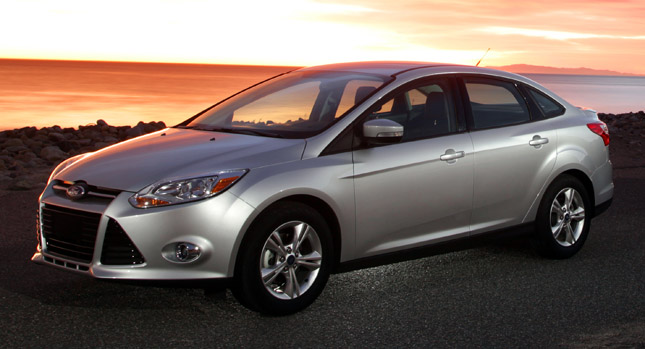For decades, mid-size sedans like the Toyota Camry, Honda Accord and Ford Taurus have been best-sellers and the most common sight on American roads.
But the trend is starting to change. According to J.D Power and associates, an increasingly large number of buyers are downsizing and choose small cars such as the Chevrolet Cruze or even the Honda Fit.
In fact, J.D. Power forecasts that, for the first time in two decades, compact cars will outsell mid-size models by the end of the year. Moreover, it projects that by 2015, compact and sub-compact cars will have a 20% share in the U.S. market, while mid-size models’ share will shrink down to 14%.
For example, Hyundai’s Elantra sales increased by 46% in the first 10 months of the year, while America’s long-time favorite car, the Toyota Camry, has recorded a 9 percent drop over the same period.
Rising gas prices and uncertainty over the current economic climate are not the only reasons for this surprising turnaround. In fact, the new Camry sells for less than the previous model, and its average fuel economy is 40 mpg compared to the Elantra’s 35 mpg.
Still, the Camry sticker price is US$5,000 more than the Elantra. Moreover, today’s compact cars are no longer a cheap, low-tech choice for those who couldn’t afford, or weren’t willing to shell out more money for mid-size models. Now they are equal, or sometimes even superior in some respects to larger models.
For example Mara Landers, an assistant professor of mathematics at Los Medanos College in Pittsburg, California, used to drive a 1998 Civic that was so poorly equipped it didn’t have a radio. The 2009 Civic she traded her old car for came with power windows, keyless entry and a digital dashboard display, making Landers feel that “the new Civic really feels like a luxury update of the old one.”
Even interior space is no longer an issue. The 1992 Toyota Corolla was 17 inches (43 cm) shorter than the 1992 Camry. But today’s Corolla has increased in size, narrowing the gap to its larger sibling to just 10 inches (25 cm).
It all adds up: smaller cars offer all the amenities of larger models, comparable space, better fuel economy – and they are cheaper. So why pay more for the same thing, except for a few inches in length and perhaps more power that you may never use?
Story References: Lake County Sun / J.D. Power
PHOTO GALLERY







